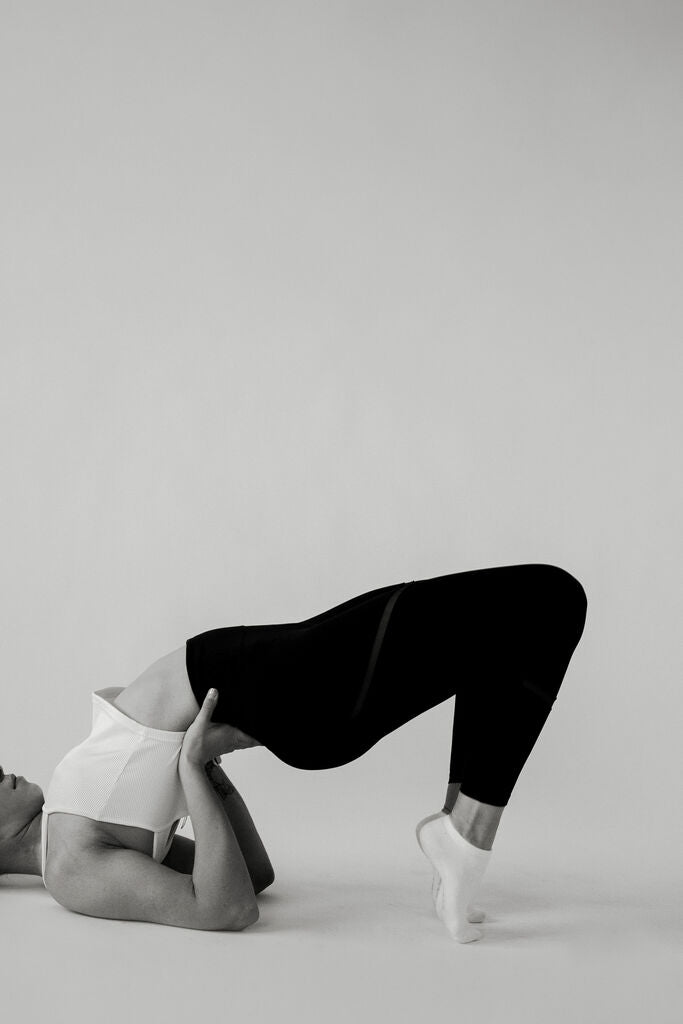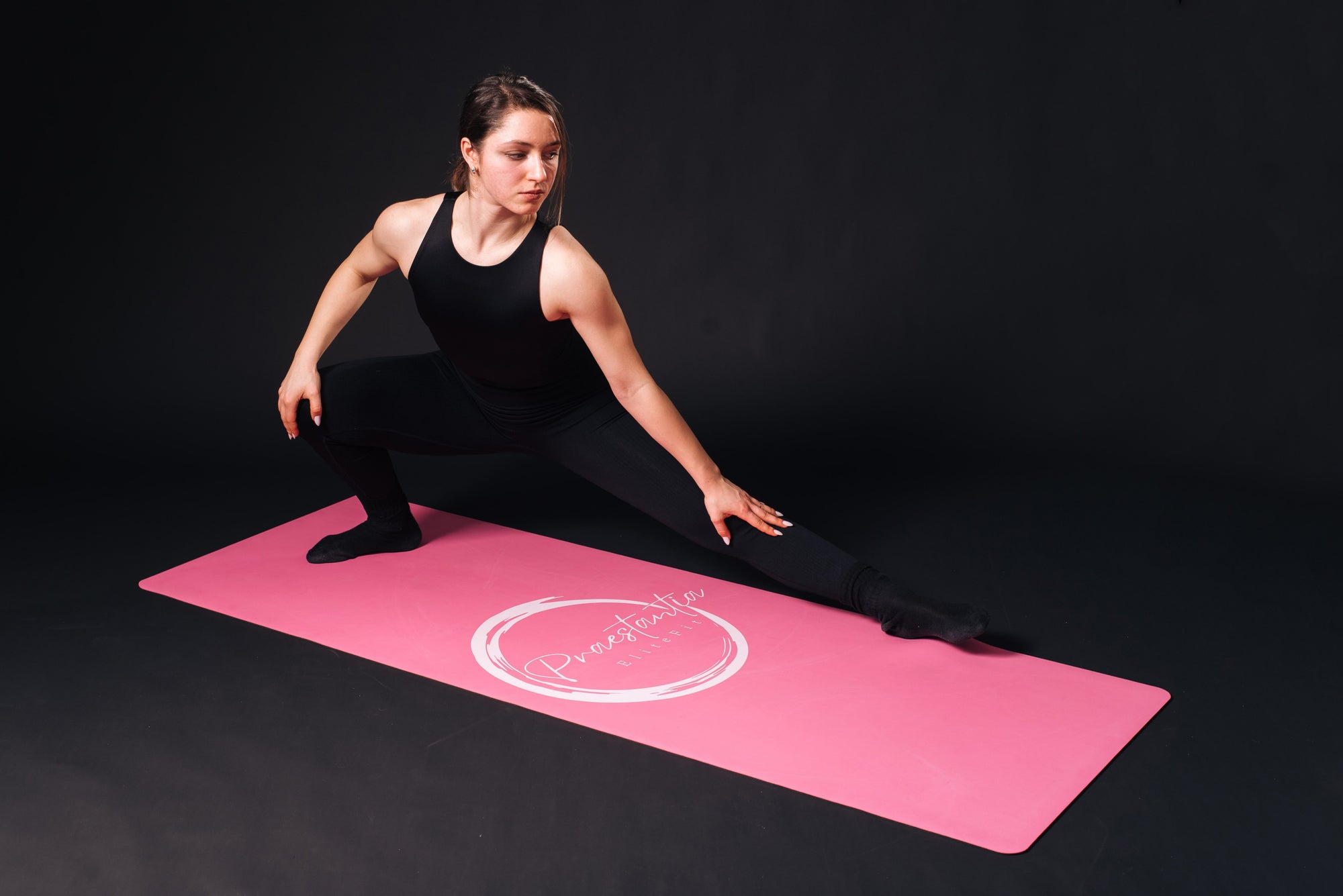Slouching promotes heartburn, incontinence, and more.
America, we have a posture problem. Whether it's the result of sitting at a desk all day, looking down at a smartphone, or lounging on a couch, poor posture is dogging people of all ages. And health experts are worried. "It's a common and important health problem among Americans, and it can lead to neck pain, back problems, and other aggravating conditions," says Meghan Markowski, a physical therapist at Harvard-affiliated Brigham and Women's Hospital.

Other posture-related problems
While back and neck conditions top the list of potential posture woes, there are many others — such as poor balance, headaches, and breathing difficulties. "Researchers are also looking into whether posture affects mood, sleep, fatigue, and jaw alignment," Markowski says.
Three other problems linked to poor posture may surprise you.
1. Incontinence. Poor posture promotes stress incontinence — when you leak a little urine if you laugh or cough. "Slouching increases abdominal pressure, which puts pressure on the bladder. The position also decreases the ability of the pelvic floor muscles to hold against that pressure," notes Markowski, who specializes in helping people overcome bladder, bowel, and pelvic floor problems.
2. Constipation. Poor posture on a toilet — hunched over with your knees lower than your hips — can promote constipation. "That position closes the anus somewhat and makes it harder for the abdominal muscles to help move feces out," Markowski says. Constipation is characterized by fewer than three bowel movements per week; hard, dry stools; straining to move the bowels; and a sense of an incomplete evacuation.
3. Heartburn and slowed digestion. Slouched posture after a meal can trigger heartburn caused by acid reflux (when stomach acid squirts back up into the esophagus). "Slouching puts pressure on the abdomen, which can force stomach acid in the wrong direction," explains Dr. Kyle Staller, a gastroenterologist at Harvard-affiliated Massachusetts General Hospital. "And some evidence suggests that transit in the intestines slows down when you slouch. In my opinion, it probably does play a small role."
What you can do
Markowski recommends seeing a physical therapist if you suspect you have poor posture that is causing problems for you. The therapist will customize a program of exercises and stretches to improve your core muscle strength and flexibility. The core muscles (in the abdomen, pelvic floor, and back) support the spine.
The goal is a neutral, upright spine position — not flexed too far forward or backward.
A neutral spine is also important when it's time to move your bowels. "Keep your back straight and lean forward at the hips. Keeping your knees higher than your hips — by placing your feet on a footstool — mimics a squatting position, which is best for helping to open the anus so you can pass feces without straining," Markowski says.
To reduce the risk of stress incontinence leakage, Markowski recommends strengthening the pelvic floor muscles. "We teach people how to control their pelvic muscles when they cough," she says. "The proper neutral spine alignment will also help minimize abdominal pressure."
Move of the month: Seated knee lift
|
Some general posture pointers
To attain the neutral spine position, Markowski advises you to put your shoulders down and back, pull your head back, and engage your core muscles. "Bring your belly button in toward your spine, as if you're zipping up a snug pair of jeans. This will help to engage the transverse abdominis muscle, which acts like a corset around the spine," Markowski explains.
Other tips: Use a low back (lumbar) support pillow to remind you to sit upright in a chair, and change your position every 30 to 60 minutes. "We don't want people in fixed postures for hours at a time," Markowski says. "Be vigilant, and good posture will contribute to many aspects of health."
Source:
3 surprising risks of poor posture - Harvard Health
Thanks for your cooperation
Jennifer McGregor and Steve Johnson https://publichealthlibrary.




